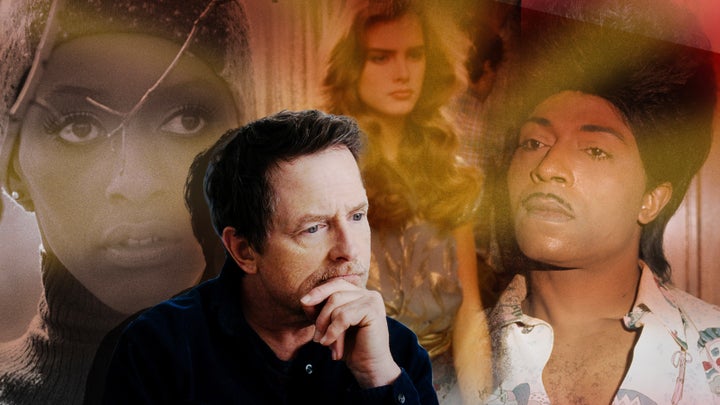
Nary a day goes by without an announcement that Hollywood is churning out another documentary on the life and career of [insert any celebrity name here]. For instance, PBS dropped one on singer-songwriter Roberta Flack this week, and Netflix will soon follow with the hotly anticipated film on Pamela Anderson.
And it’s likely that several others are being announced as you read this.
Whether it’s a money grab, typical celebrity narcissism or a genuine interest in reevaluating a public figure, Hollywood clearly can’t get enough. And neither can audiences, particularly fans who apparently want more access than a TMI post on Instagram. Because that’s where we’re at now: celebrity revelations via social media. They’re not only desired, but rather expected.
So, it shouldn’t come as a surprise that this year’s Sundance Film Festival was teeming with celebrity documentaries on iconic model Bethann Hardison, musicians-activists The Indigo Girls, actress-model Brooke Shields, late musician Little Richard and actor Michael J. Fox. And, like many celebrity documentaries before them, only about half of these are worth their salt.
One issue that almost all of them have is that they just don’t challenge the subject enough. For instance, there is an immediate concern going into “Invisible Beauty,” which traces the story of Hardison as a pioneering Black and dark-skinned model in a still blindingly white industry, when you realize that she co-directed the film herself with Frédéric Tcheng.
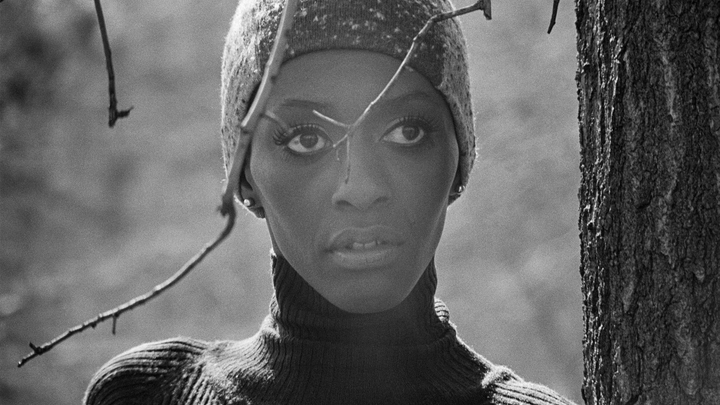
And it shows. While “Invisible Beauty” delves deeply into the colorist, racist landscape in which Hardison was determined to thrive, as well as how she fought to amplify the Black models who came after her ― like Iman, Veronica Webb and Tyson Beckford ― it glosses over key aspects of her personal life.
There’s a point later in the film, finally, where she is asked directly about great loves in her life that stretch beyond her long and tireless fight for inclusivity in the fashion world.
Her answer is particularly of interest because the film spends so much time painting a sprawling portrait of Hardison as a tell-it-like-it-is figure who has always been just as forthright while confronting white beauty standards as with her son and actor Kadeem, who appears in the film. As effective as that is on its own, it gives the audience very little personal insight on Hardison.
In fact, we get more personality than actual personhood.
Many of the great archival scenes in “Invisible Beauty” take us back to Hardison making waves on international runways in the ’70s and ’80s, spearheading her coalition of culture shifters to combat the industry’s open racism and even typing her upcoming memoir at home. And we do get a brief biographical summary of her life growing up in Bed-Stuy, Brooklyn.
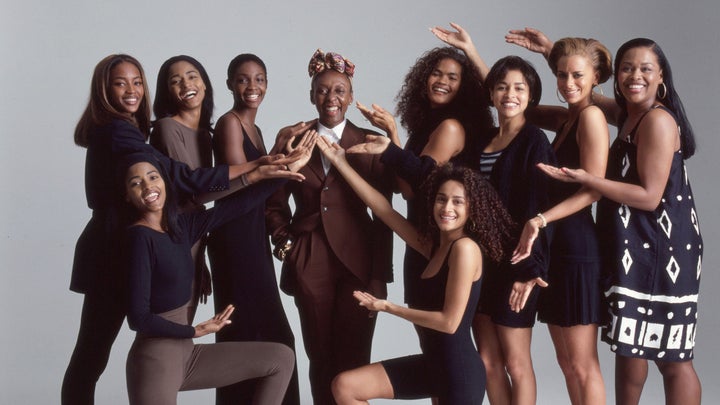
But the film always comes back to the point that she’s a necessary force, making it more a worthy tribute above anything else, without her having to open up very much.
For instance, Tcheng doesn’t seem interested in contending with the fact that when Kadeem is introduced in the story, Hardison only acknowledges that his father is a man who is vaguely mentioned earlier in the film with no real importance.
This happens a lot in the movie. Like when, while narrating her life story, Hardison casually mentions that she became the lover of a high-profile Mexican designer. Or when she shares that her marriage of seven years had ended, though “Invisible Beauty” never told us she was married in the first place.
Or when Kadeem talks about past strains in their relationship related to her plainspokenness. Hardison doesn’t grapple with that and isn’t even asked about it in the documentary.
So, when it comes to the question about who Hardison’s loves were, you begin to realize that as expansive and resonant as “Invisible Beauty” is in one vein as it talks about issues that persists today, it clearly goes only as far as its subject allows.
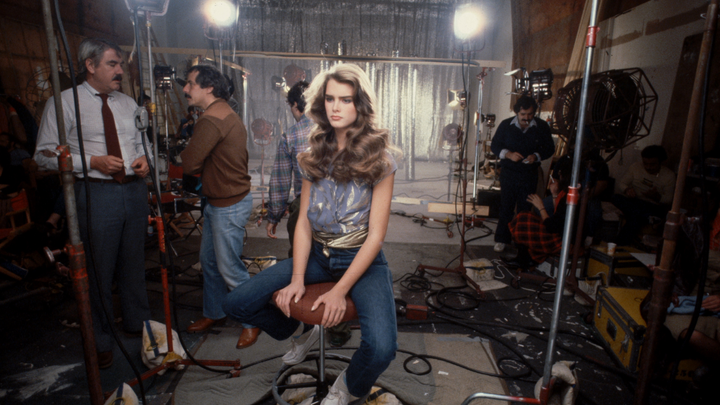
The opposite is true for “Pretty Baby: Brooke Shields.” Director Lana Wilson punctures the conversation around Hollywood’s longtime obsession with youth and hypersexualized child actors, as well as the toxic stage mom and white beauty privilege through the story of the titular actress and model.
Told in two dense, 70-minute parts, the film is much more than a tell-all on Shields’ life (though she opens up in the film about growing up with an alcoholic mother and being raped years ago by a Hollywood bigwig). It’s a thorough reexamination of the lens through which she was seen as an ogled preteen star whose mother Teri was complicit in both her success and exploitation.
Why “Pretty Baby: Brooke Shields” works in many regards is because it has a point of view. Wilson and her team clearly have compassion for Shields, who tells her own story through several interviews with her interspersed throughout the film, but we also see the actor compelled to reckon with her own agency and lack of awareness as she got older.
That’s especially pronounced as the documentary simply yet effectively revisits old interviews where Shields and her mother Teri are constantly bombarded with questions about the former’s casting as a child sex worker in the 1978 film “Pretty Baby.”
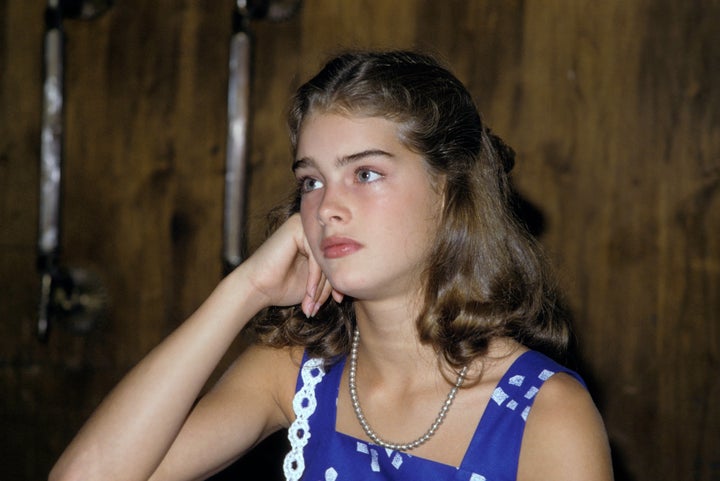
Or, as the years go by, how she, then 15 years old, could possibly not realize how sexually suggestive her 1980 Calvin Klein jeans ad was.
“Pretty Baby: Brooke Shields,” both a confrontation of the Louis Malle-directed film and the misogynistic culture that persists today when the female figure — in this case, a child — is flouted on live television for being a byproduct of a culture created and dictated by men.
That said, the documentary doesn’t have to do a whole lot to make its point when the archival footage remains just as biting as ever. And yet, Wilson digs beyond that to reflect a more complicated image of Shields, now a 57-year-old mother and wife who, as expressed at the film’s Sundance premiere, is experiencing an exercise in memory.
That’s really what elevates “Pretty Baby: Brooke Shields” to a story that is not merely biographical or even hagiographical, of which some celebrity documentaries are guilty. Like “Invisible Beauty,” it challenges a systemic issue.
But Wilson also explores shifting cultural truths over time, her subject wrestling with the idea of having been a product and what her authority looks like today.
Shields considers this while reflecting on her old interviews, her decision to go to college and thwart the whole “just a pretty face” assumptions, and the second act of her life and career through the “Suddenly Susan” era and beyond.
And she thinks about the strides she has since made, both professionally and personally, to rail against a system that never served her.
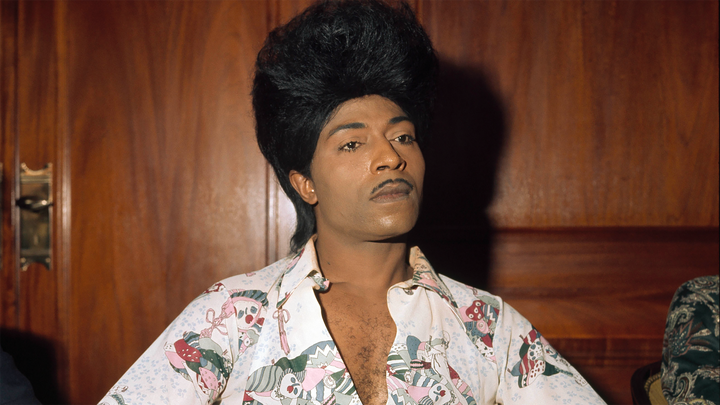
A similarly thoughtful approach is employed in “Little Richard: I Am Everything,” except it doesn’t have the advantage of the subject still alive to grapple with their human complexities. But director Lisa Cortes more than makes due with a documentary catapulted by its critical analysis and astute interviews with scholars, the titular musician’s former bandmates, family and friends.
At the center of it is, of course, Little Richard, a figure who, as loud and expressive as he was, could be considered as much of a performance as his numerous concerts throughout the ’40s, ’50s, ’60s and ’70s. His very name makes you think about sex, raunchy lyrics, a dramatic bouffant and colorful clothes. But most prominently? The foundations of rock ’n’ roll.
It’s that last point that “Little Richard: I Am Everything” spends the most time deciphering. But the documentary isn’t just the story of a great Black musician finally getting his due, particularly one whose music and likeness has been appropriated as much as his.
The film explores what it really means to be rock ’n’ roll at a time when people didn’t quite understand it — but had tons of opinions about it.
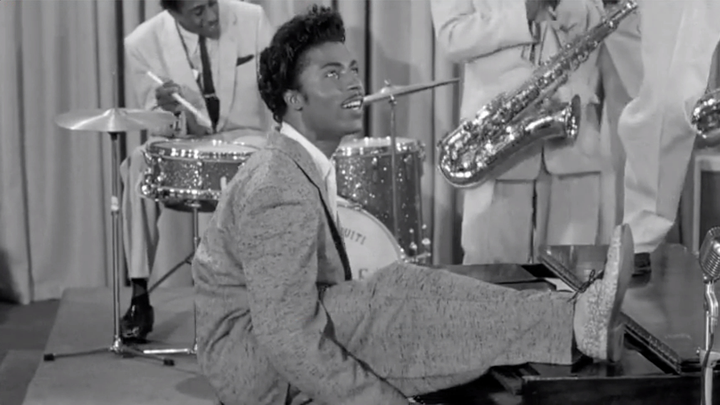
For Little Richard, the music genre meant embracing his queerness, gaudiness, showing off his supreme talent and creating a space for himself to be exactly who the hell he was. Essentially, it was freedom. But the idea of that for a Black, gay, Tennessee musician and son of a preacher man at the time, as the documentary explores, was met with layers of complications.
In telling the story of the “Tutti-Frutti” musician, Cortes must also examine the role of Black queerness, particular Black queer identity in the South throughout the eras in which Little Richard thrived. Her film also has to discuss the long history of Black music being repackaged by white artists who go on to make far more money off it. Little Richard’s work was no exception.
He knew it. The artists that ripped off his music did. And, as “Little Richard: I Am Everything” shows, he never missed an opportunity to put them on blast. Those names include Mick Jagger, Elvis Presley, David Bowie and The Beatles. Black artists like Jimi Hendrix, Michael Jackson and Prince were also not exempt.
Any documentary on this particular musician would also be remiss to not examine how, as confident as Little Richard was (he never qualms about telling you how great he was), he ultimately had a difficult relationship with his queerness at the intersection of his faith. The film reflects on those years where he “got saved” and started doing gospel music.
“Little Richard: I Am Everything” tackles all of this and more. It is a sweeping inquiry into the life of a figure whose music, as impactful as it remains, was merely a gateway. The documentary contextualizes, reveals, celebrates, critiques and studies its subject. Like any good one should.
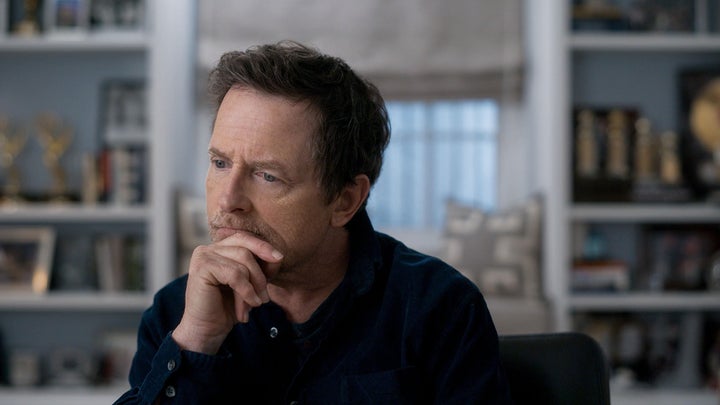
“Still: A Michael J. Fox Movie” and “It’s Only Life After All” on the Indigo Girls both suffer from not doing much of any of those things.
At a point in his life when Michael J. Fox has been on a yearslong crusade for more research and funding around Parkinson’s Disease ― which he’s been living with for the last three decades ― the story of his career and personal life has been widely known. Still, there is always more story and more examination of him as a public figure than what he’s already told us.
But “Still: A Michael J. Fox Movie” just isn’t curious enough to find out what else. Director David Guggenheim, who previously earned acclaim for the 2010 education documentary “Waiting for Superman,” offers a rather unremarkable look at a man whose life has been far from ordinary.
For the most part, the director offers Fox prompts about certain aspects of his life upon which to reflect. Those include his Hollywood origin story: What brought a self-proclaimed pint-sized kid from Canada to Tinseltown? Through Fox’s own narration, we get this answer, broken upon in parts and often illustrated through shadowed and ineffective reenactments.

In tandem, “Still: A Michael J. Fox Movie” shows clips from Fox as Alex P. Keaton on the classic ’80s sitcom “Family Ties,” where he first became a megastar, which was further solidified by blockbuster movie success in hits like the “Back to the Future” franchise.
While it’s always fun to see Fox at the top of his career, when his fans first fell in love with him, none of this is revelatory information. That would be fine if the documentary examined this in an interesting way, or at least compelled its subject to do so. Instead, it’s just mere facts expressed on the screen. Not even his personal biographical information is fascinating to watch.
Guggenheim aims to make a point, in reference to something Fox says early in the film, about how the actor’s life was constantly on the go before his diagnosis, then became very still (hence the documentary title). But he uses repeated clips of Fox silencing an alarm from one of his films to illustrate the point, then cuts to Fox today seated for the documentary interview.
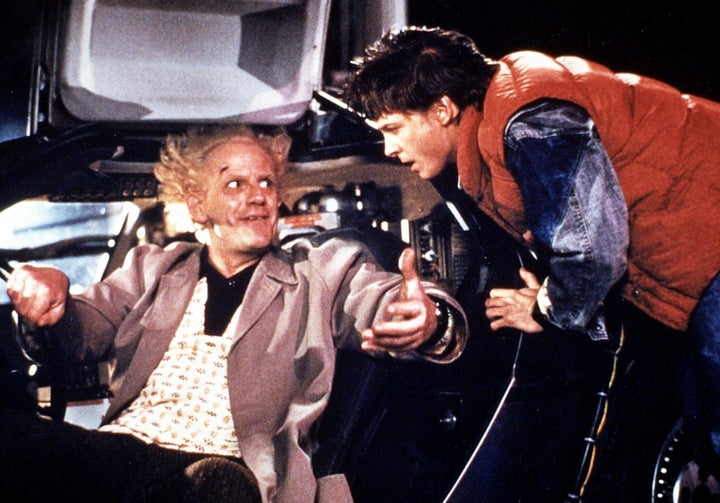
It doesn’t work. One thing the film is missing is texture. It has the benefit of the subject being there, even at his home with his family in a few scenes, but it’s never in conversation with him. For instance, when Fox reflects on his “outrageous behavior” on the set of “Family Ties,” the film doesn’t go into any specifics about it, leaving the audience to ponder.
Another example is when Fox talks about his alcoholism following his diagnosis, or trying to deflect his condition for the first few years by being on one film set after the next, resulting in a strained relationship with his son at the time. Yet, the movie doesn’t really let him sit with any of this before it moves onto the next thing.
To its credit, “Still: A Michael J. Fox Movie” features more interesting contemplations from Fox when he is asked to think about what his life means to him today and the dichotomy of it all. And there is much to discern from the actor talking about other ways in which he hid his diagnosis for years while he was, for instance, on the set of “Spin City.”
There are plenty of themes to pull from that nestled inside this documentary, but it just doesn’t seem to go anywhere. And then it ends.
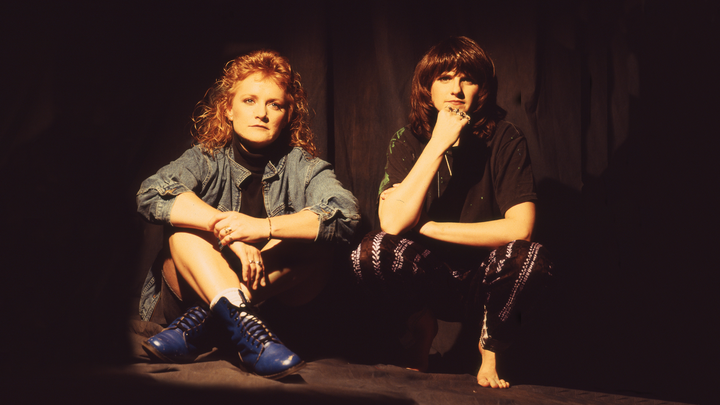
You might think a documentary on The Indigo Girls, on the other hand, would be infused with engaging detail and incredible stories about them as pioneering lesbian musicians at the height of an extremely homophobic ’90s era in music and throughout their native U.S. Even a marginal fan or witness of them would find a film about them very intriguing.
But “It’s Only Life After All,” directed by Alexandria Bombach, seems to go out of its way to drain any inkling of depth and insight in musicians Amy Ray and Emily Saliers’ stories and give us little more than a Wikipedia overview.
Through interviews with both Ray and Saliers, we get their personal biographies, their family, and the origins of how and when they met, and the challenges that come from the fact that their sexuality overshadowed the music they cherished so much.
We also hear from them about their own relationships with their sexuality, finding themselves through their music, and what it’s like for them to hear that they inspire others. That’s especially underscored when they talk about their own vulnerabilities, like Ray’s gender dysmorphia and Saliers’ past alcoholism — and both their struggles with self-esteem.
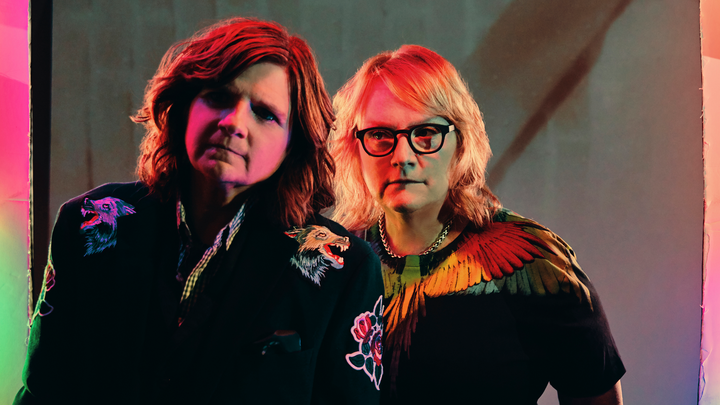
When it comes to “It’s Only Life After All,” sometimes it’s not about the lack of complexity in the storytelling, but rather the way it’s presented to us. The film features clips from Ray’s own video recordings of The Indigo Girls on the road, in concert or just hanging out on their own — none of which gives us much context.
It’s cool to revisit some of their greatest hits in the film, including old performances of “Closer to Fine,” which the pair also performed at Sundance’s opening night dinner. It’s also mildly interesting to hear them reflect on the changing culture for queer people today, particularly those in the public eye.
But there is something decidedly restrained about “It’s Only Life After All,” even despite what it does offer in the narrative. To their own admissions, Saliers and Ray have never really been comfortable being celebrities, which makes this idea of a documentary a bit odd.
Though, they do perk up when they reflect on their environmental activism within Indigenous communities. But like “Still: A Michael J. Fox Movie,” Bombach’s effort here might have benefited from additional interviews with pop culture scholars and people with whom Saliers and Ray are close. Without it, the film lacks a voice or perspective.
As with any movie, a celebrity documentary has to, at the bare minimum, answer the question of why it exists. Some spark conversation and debate, while others tell a deeply reflective personal history. But by the end, they need to all be worth it. And only some of the Sundance offerings this year are.
Need help? Visit RAINN’s National Sexual Assault Online Hotline or the National Sexual Violence Resource Center’s website.
